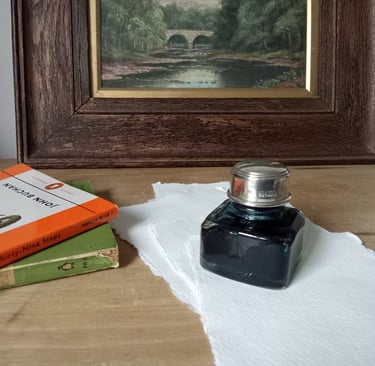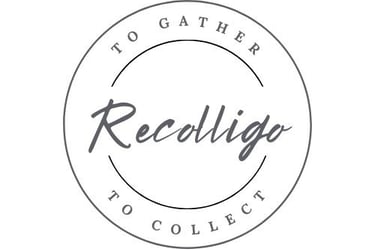The Storied Past of J. Herbin Paris Ink Bottles
A brief history of the classic design of J Herbin ink bottles, and a salute to the ingenuity of the 'D' inkwell.


Few names in the world of writing instruments evoke as much history and prestige as J. Herbin. Founded in Paris in the 17th century, J. Herbin has become synonymous with high-quality inks cherished by calligraphers, writers, and enthusiasts alike. But beyond the ink itself, the bottles that contain these vibrant hues have a story all their own—a tale of innovation, tradition, and Parisian charm.
The Early Days: Apothecary Roots
J. Herbin was established in 1670 by a sailor named Jacques Herbin, who brought exotic ingredients from his voyages to create unique sealing waxes and inks. The earliest J. Herbin inks were stored in small glass vials, reminiscent of apothecary bottles. These early vessels were utilitarian, designed to protect the precious contents from air and light, ensuring that scribes could rely on the consistency and vibrancy of their ink.
The Evolution of the Bottle
As the popularity of writing with ink grew through the 18th and 19th centuries, J. Herbin adapted their bottles to meet the needs of their customers. The company introduced squat, wide-based bottles that were less likely to tip over—a godsend for busy writers and clerks. This design not only provided stability but also made it easier to dip pens to the bottom, allowing users to make the most of every last drop.
In the late 19th and early 20th centuries, as glass manufacturing techniques advanced, J. Herbin began producing bottles with embossed branding and elegant, fluted shapes. These bottles became more than mere containers; they were decorative objects in their own right, gracing the desks of many.
The Iconic “D” Bottle
The J. Herbin square “D” bottle was introduced in the 20th century. Its wide neck and low profile are not just a and built-in pen rest, is a nod to practicality. The featured image shows a silver hallmarked bottle top, and a I can only assume that this may have been a commissioned piece, and a marriage of the appreciation of two crafts.
In this age where digital communication is the kingpin, the art of handwritten letters is sadly in decline, and the ink bottles of yesteryear and today which grace our desks, are a salute to the gentility of the penned letter.



